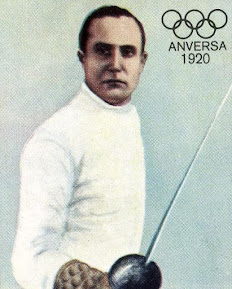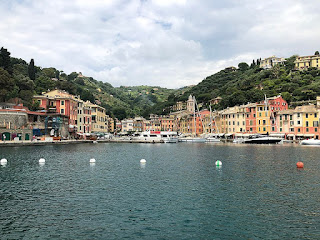Carlo Ancelotti - football manager
Four-times winner of the Champions League
Carlo Ancelotti, a former top-level player who has become one of football’s most accomplished managers, was born on this day in 1959 in Reggiolo, a small town in Emilia-Romagna. With Real Madrid's defeat of Liverpool in the 2022 final, he became the only manager to have won the UEFA Champions League four times - twice with AC Milan and twice with Real Madrid. He is also the only coach to have managed teams in five finals. Ancelotti, who has managed title-winning teams in four countries, is also one of only seven to have won the European Cup or Champions League as a player and gone on to do so as a manager too. As a boy, Ancelotti often helped his father, Giuseppe, who made and sold cheese for a living, in the fields on the family farm, which is where he claims he acquired his appreciation of hard work. But despite the cheeses of Emilia-Romagna having international renown, especially the famous Parmigiana-Reggiano, he saw how his father struggled to make enough money to feed his family and vowed to make more of his own life. His talent for football, allied to that work ethic, enabled him to fulfil that promise. Read more…
_____________________________________
Italy enters the Second World War
Mussolini sides with Germany against Britain and France
One of the darkest periods of Italian history began on this day in 1940 when the country's Fascist dictator, Benito Mussolini, declared war on Great Britain and France, ending the possibility that Italy would avoid being drawn into the Second World War. Mussolini made the declaration from the balcony of the Palazzo Venezia in Rome, where he had his office. The balcony enabled him to address a large crowd in the Piazza Venezia and he ordered his Blackshirts to ensure that the square was full of enthusiastic supporters. Italy had already signed a Pact of Steel with Germany but had been reluctant to enter the conflict. Mussolini had a strong navy but a relatively weak army and a lack of resources across the board. By June 1940, however, Germany was on the point of conquering France and it was thought that Britain would soon follow. Historians believe Mussolini's decision to enter the conflict was an opportunistic attempt to win a share of French territory. He told the Italian people that going to war was a matter of honour after his efforts to preserve peace had been rebuffed by 'treacherous' Western democracies, but many believe his motives were simply to pursue his expansionist ambitions. Read more…
_______________________________________
Arrigo Boito – writer and composer
Death of a patriot who fought for Venice
Arrigo Boito, who wrote both the music and libretto for his opera, Mefistofele, died on this day in 1918 in Milan. Of all the operas based on Goethe’s Faust, Boito’s Mefistofele is considered the most faithful to the play and his libretto is regarded as being of particularly high quality. Boito was born in Padua in 1842, the son of an Italian painter of miniatures and a Polish countess. He attended the Milan Conservatory and travelled to Paris on a scholarship. It was there he met Giuseppe Verdi, for whom he wrote the text of the Hymn of the Nations in 1862. He fought under the direction of Giuseppe Garibaldi in 1866 in the seven weeks of the Third Italian War of Independence, against Austria, after which Venice was ceded to Italy. While working on Mefistofele, Boito published articles, influenced by the composer Richard Wagner, in which he vigorously attacked Italian music and musicians. Verdi was deeply offended by his words and by 1868, when Mefistofele was produced in Milan, Boito’s opinions had provoked so much hostility there was nearly a riot. The opera was withdrawn after two performances, but a revised version, produced in 1875, still survives. Read more…
.jpg)
.jpg)

.jpg)
.jpg)
.jpg)
.jpg)








.jpg)
.jpg)
